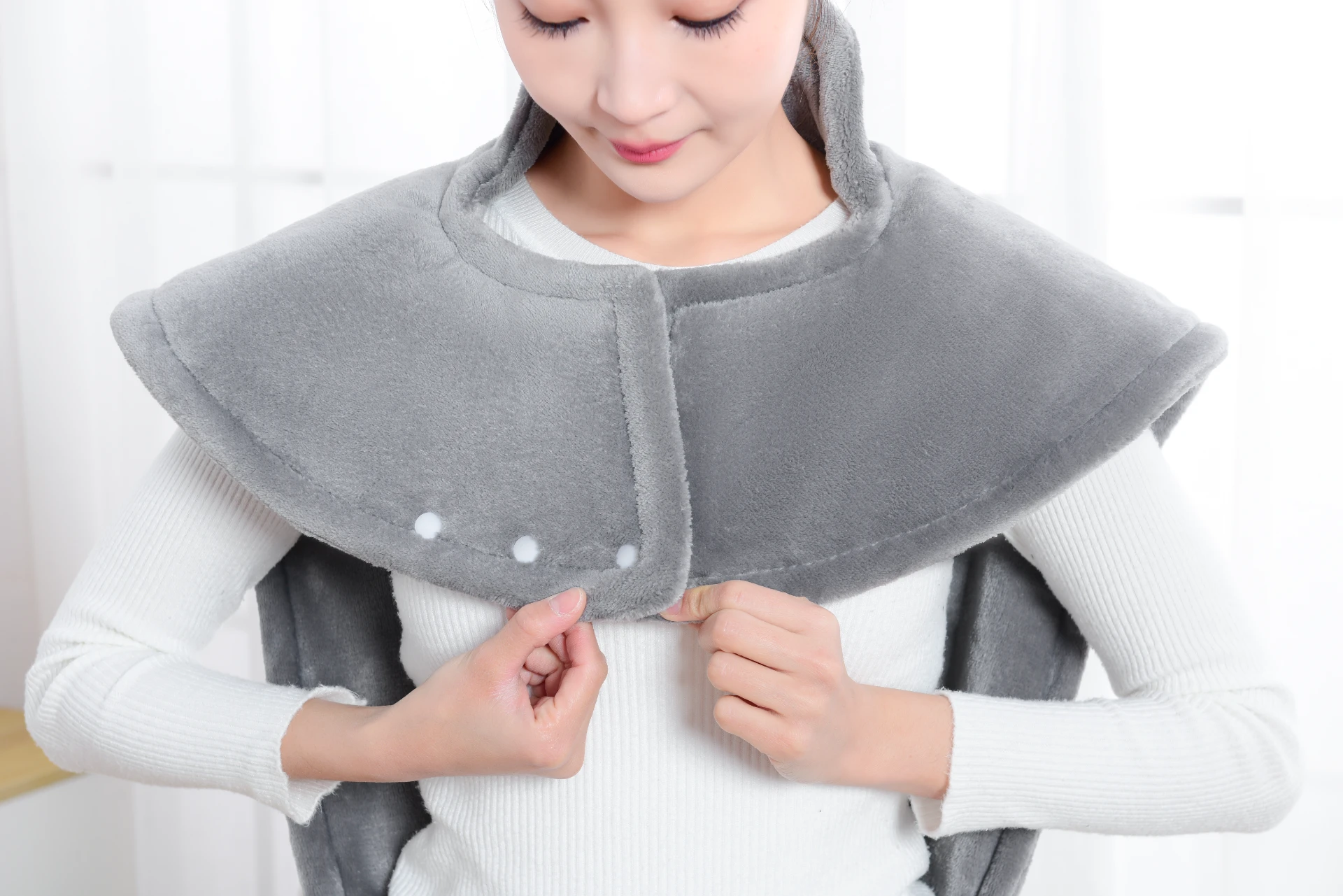
Dic . 31, 2024 17:52 Back to list
Benefits of Using a Heating Pad for Lower Back Pain Relief During Sleep
The Benefits and Drawbacks of Sleeping with a Heating Pad on Your Lower Back
Many people seek comfort and relief from pain during their nighttime rest, and one common solution is the use of a heating pad on the lower back. This practice has garnered attention for its potential therapeutic benefits, particularly for those suffering from chronic back pain or muscle tension. However, it also comes with certain considerations that individuals should be aware of before incorporating it into their nightly routine.
Understanding the Benefits
The primary advantage of using a heating pad on the lower back is its ability to relieve pain and discomfort. Heat therapy, also known as thermotherapy, helps increase blood flow to the affected area. Improved circulation allows muscles to relax and can alleviate stiffness, making it a popular choice for individuals experiencing tension or chronic pain. Conditions such as lower back pain, muscle strains, and even menstrual cramps can often see a reduction in discomfort with the application of heat.
Moreover, warmth has a soothing effect that can promote relaxation. For people who experience anxiety or stress that can exacerbate physical pain, using a heating pad can create a more calming environment conducive to sleep. The comforting heat can soothe the body, leading to an easier transition into a restful state.
Addressing Potential Drawbacks
Despite the benefits, there are potential drawbacks to be mindful of. Firstly, prolonged exposure to heat can lead to skin irritation or burns, especially if the heating pad is set too high or used for extended periods. It is crucial to follow the manufacturer's instructions regarding temperature settings and duration of use. A general rule of thumb is to use the heating pad for no more than 15 to 20 minutes at a time and to place a cloth between the pad and the skin to prevent direct contact.
sleeping with heating pad on lower back

Additionally, relying solely on a heating pad for pain relief may not address the underlying causes of discomfort. For chronic pain sufferers, it is essential to consult with healthcare professionals to explore a multifaceted approach to pain management, which may include physical therapy, exercise, or medications.
There’s also the concern of dependency. Some people may find that they struggle to sleep without the heating pad, which could develop into a psychological reliance on the warmth for comfort. Over time, this might hinder their ability to manage discomfort through other means.
Finding Balance
For those who choose to use a heating pad while sleeping, finding a balance is key. It is advisable to integrate the heating pad into a comprehensive self-care routine. This may include stretching exercises, ergonomic adjustments to the sleeping environment, such as the use of supportive pillows and mattresses, and other forms of heat therapy, like warm baths.
Moreover, individuals should listen to their bodies. If you notice increased pain, discomfort, or skin irritation, it may be time to reassess the use of the heating pad. Also, be aware of any changes in your pain level or the nature of your discomfort, as these could indicate a need for professional medical advice.
Conclusion
Sleeping with a heating pad on the lower back can provide significant relief for many individuals dealing with pain and discomfort. However, it is essential to approach this practice with caution and awareness. By understanding both the benefits and potential drawbacks, individuals can make informed choices that enhance their overall well-being and promote a healthier, more restful sleep. Integrating heat therapy into a broader self-care strategy can maximize its effectiveness while minimizing any risks associated with its use.
-
Innovations and Applications of Modern Electric Heating Blankets
Jul.07,2025
-
Innovations and Applications of Electric Fleece Blanket Systems
Jul.07,2025
-
Functional and Cozy Solutions for Personalized Warmth
Jul.07,2025
-
Essential Comfort and Warmth Solutions: Heated Blanket Variants
Jul.07,2025
-
Enhancing Coziness with Warmth - Centric Blanket Solutions
Jul.07,2025
-
Enhancing Comfort and Warmth: Electric Blanket Solutions
Jul.07,2025
Realted Products



